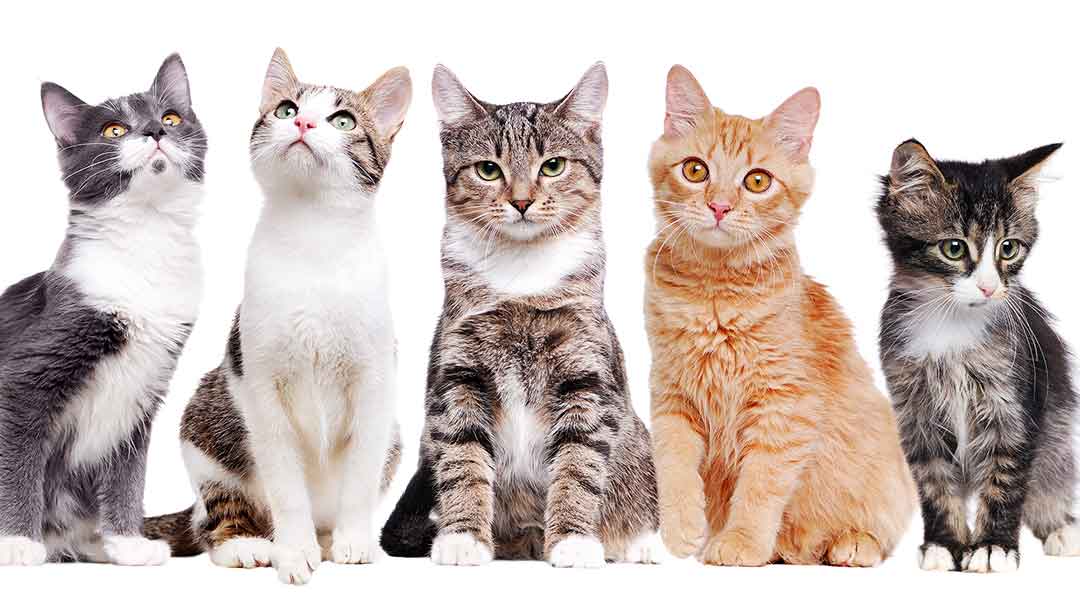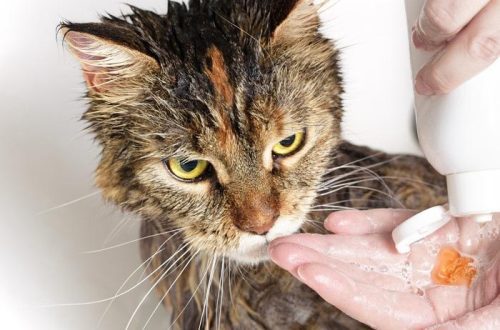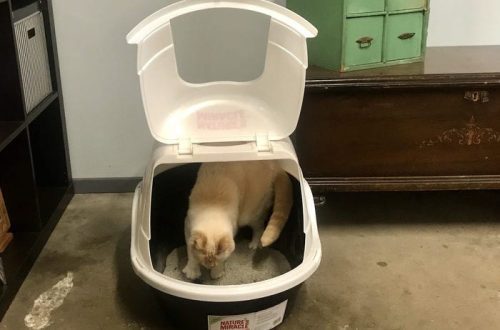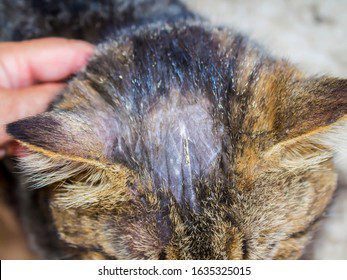
What colors are cats
Domestic cats differ from other members of the cat family in a wide variety of colors. There are only two pigments involved in the formation of the color: black and yellow (in everyday life it is called red). The white color of the coat is due to the absence of any pigment.
Contents
How it works
In a pair of genes responsible for color, two dominant genes, two recessive genes, or a combination of both can be combined. “Black” and “white” genes are dominant, “red” – recessive. Despite the fact that in various combinations they form only six pairs, the situation is complicated by the existence of derivative colors.
A pure color is formed by evenly distributed round pigment particles. The same amount of pigment can be grouped into islands or reduced due to the elongated shape of the particles. In the first case, a blue color is obtained from a black pigment, and a cream color from a red one. The second option is typical only for black pigment and gives a chocolate color.. Derived (diluted) colors expand the set of gene variations.
But that’s not all! In addition to color dilution, there are other genetically determined effects (mutations). One of them is agouti, due to which wool is dyed with stripes. Only one pigment is involved in this – black. Dark and light stripes are formed by different amounts and forms of pigment on the same hair. As a result, brown, apricot or yellow-sand stripes may form. And although historically the agouti color is called yellow-striped, it is formed exclusively by black pigment..
As a result, felinologists no longer distinguish three types, but entire groups of colors. Within each of them there are variations depending on the combination and distribution of pigments. And if you cross a cat and a cat belonging to different groups, only a professional geneticist with extensive experience can predict the result. At the end of the twentieth century, more than 200 cat colors were known, and this is not the limit.
Cat color names
These seven groups of colors are like seven musical notes, with which you can create a whole symphony.
Solid. On each hair, the pigment has the same shape and is distributed equally along the entire length.
Striped (agouti). The stripes are formed by an uneven distribution of particles of different shapes, but of the same pigment.
Patterned (tabby). The combination of different pigments forms a brindle, marble or leopard color.
Silver. The highest concentration of pigment is fixed only in the upper part of the hair.
Siamese. The whole body has a light tone, and its protruding parts are dark.
Tortoiseshell. Chaotically located throughout the body black and red spots.
Bicolor. Any of the previous colors in combination with white spots.
If you look closely at this list, it becomes clear that tricolor cats also belong to bicolors, which should be called tricolors. They are rare and in many cultures are considered to bring happiness and good luck. But if you love your pet, then luck will not leave you regardless of its color.





